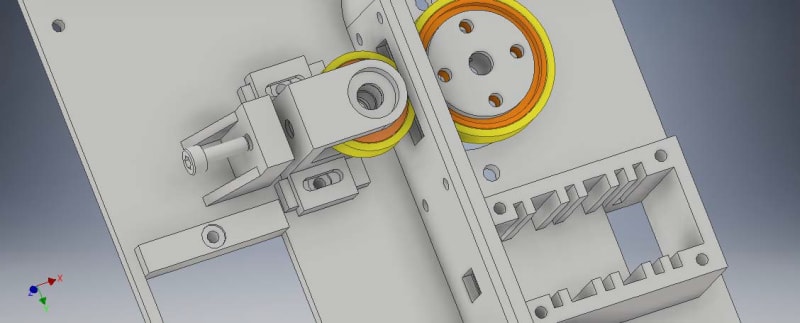I have 2 rollers of the same thickness (5mm) made of TPU98(soft rubber)... They are to move 8mm Supper 8 film pinched between them.. The Idler roller is 23mm diameter and can be forced against the main roller using a 3mm screw.. the main rollers diameter is larger at 30mm and is being driven by a stepper motor.. Problem is:: The main roller just slip's not driving the film. yet if I hand spin the Idler (smaller) roller it grips the film great and the film moves...
is this normal that the smaller roller should also be the driver having the stepper..??? If I "squish" the rollers together too much the friction will stall the stepper motor..
Any comments or suggestions would certainly be appreciated...
is this normal that the smaller roller should also be the driver having the stepper..??? If I "squish" the rollers together too much the friction will stall the stepper motor..
Any comments or suggestions would certainly be appreciated...

